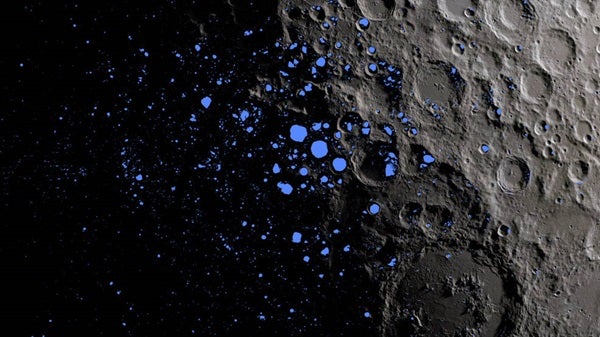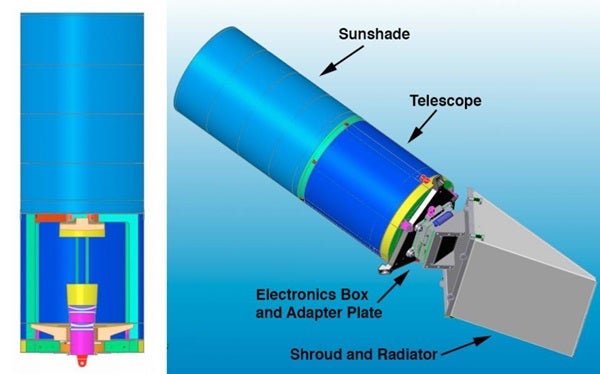NASA has selected which instrument will be on the Korea Pathfinder Lunar Orbiter (KPLO), Korea Aerospace Research Institute’s first lunar exploration mission.
The “ShadowCam” was created by Mark Robinson of ASU’s School of Earth and Space Exploration (SESE) and Malin Space Science Systems (MSSS) and will be on the KPLO to study the terrain, detect any seasonal changes, and look for evidence of ice deposits on the Moon.
The ShadowCam was based off the Reconnaissance Orbiter Narrow Angle Camera, but was programed to be much more sensitive. (For reference, its like taking a digital camera from ISO 100 to ISO 80,000.) Because of this new sensitivity, it can take high-resolution and high signal-to-nose images of the Moon’s permanently shadowed regions (PSRs).
“The telescope and much of the electronics will be identical,” Robinson said in a press release. “The big difference is swapping out the current image sensor for one that is 800 times more sensitive, allowing high resolution imaging within permanently shadowed regions, something the Lunar Reconnaissance Orbiter Camera cannot accomplish.”
Eventually, ShadowCam images that show great detail of the shadowed areas will be combined with images from the Reconnaissance Orbiter Narrow Angle Camera to make maps of the Moon’s craters. According to Robinson, the maps will “put us one step closer to enabling landers and rover to investigate the mysterious lunar PSRs.”
KARI gave NASA about 33 pounds (15 kg) to work with on the KPLO. The mission is scheduled to launch in December 2018 and is hoping to bring back information about water and the shadowed regions on the Moon.











